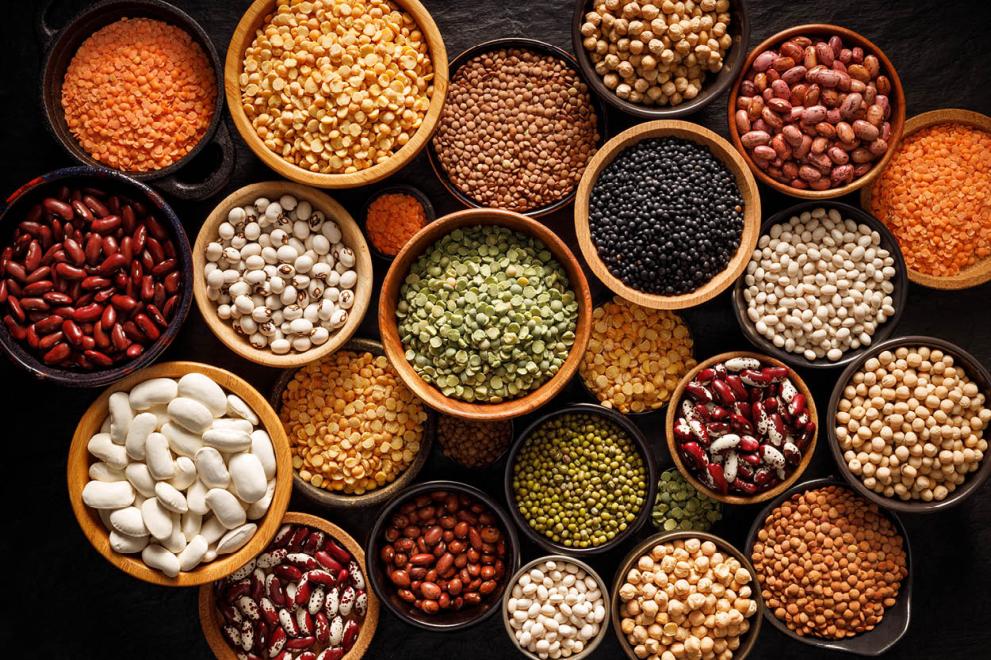
The Commission has published its latest EU feed protein balance sheets, giving a full overview of its forecasts on EU production, trade (imports and exports), and domestic use of a broad range of feed protein sources. The document also provides information on the current and past marketing years.
Based on the available data for 2022/23, feed demand is assumed to remain stable at 72 million tonnes in crude protein. EU self-sufficiency for all sources of protein is expected to remain at 77%, despite lower availabilities of EU maize due to this summer’s drought. The EU remains fully sufficient in roughage, and it is still the main source of feed protein, representing 42% of total EU feed use. The share of all oilseed meals represents 27% of total feed protein use in the EU and the share of cereals represents 21%. However, for oilseeds meals, the EU only produces 24% of what it needs to feed its livestock sector.
In addition to being of economic benefit for farmers and producers of food and animal feed, the development of plant protein production in the EU also carries a range of environmental benefits. In particular, protein crops contribute to fixing the atmosphere’s nitrogen in the soil and therefore play an important role in a more sustainable nutrient cycle.
The development of protein crops and, more generally, the reduction of the EU dependency on imported protein used for feed is high on the agenda for several years. It is more relevant now than ever, given the war in Ukraine and record high feed costs. In its Communication on food security, the Commission announced its intention to review the policy and priorities identified in its 2018 report on the development of plant proteins in the EU. The development of EU plant protein production and consumption will be among the objectives of the Commission in the coming months.
The EU feed protein balance sheet presents the feed supply and demand of various protein sources. This includes crops (cereals, oilseeds and pulses), co-products (meals from crushing soya, rapeseed and sunflower as well as protein-rich materials that result from processed arable crops), non-plant based sources (animal proteins, former foodstuffs) and roughage (grass, silage maize, fodder leguminous). Data on protein contents is subject to annual and regional variations and must be considered as average values. This is especially the case for the crops and roughage.
The Commission updates at least once a year its EU feed protein balance sheets based on data from Directorate-General for Agriculture and Rural Development balance sheets for cereals, oilseeds, protein crops and sugar and its short-term outlook for whey powder and skimmed milk powder. Including, data from Eurostat databases on biomass and on crop production for roughage production, as well as external data from the industry on production of protein from the starch, brewing and fishmeal industry and from Oilworld.
This year, the Commission publishes the balance sheet in spreadsheets (MS-Excel format) to facilitate analysis of data and to allow stakeholders to understand better how the Commission establishes those statistics. Previous years’ balance sheets have also been updated to include statistical corrections of biomass time series recently communicated by Member States through Eurostat.
Related links
Details
- Publication date
- 18 November 2022
- Author
- Directorate-General for Agriculture and Rural Development
- Location
- Brussels
